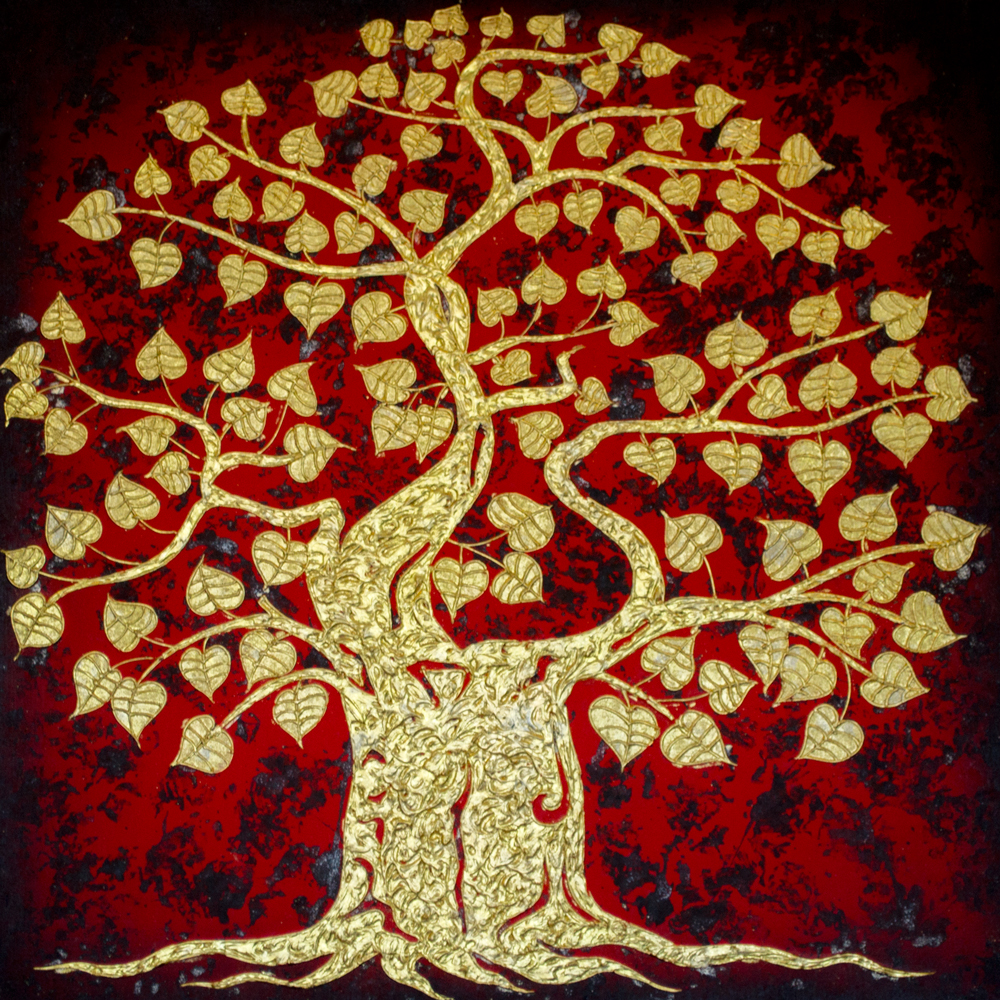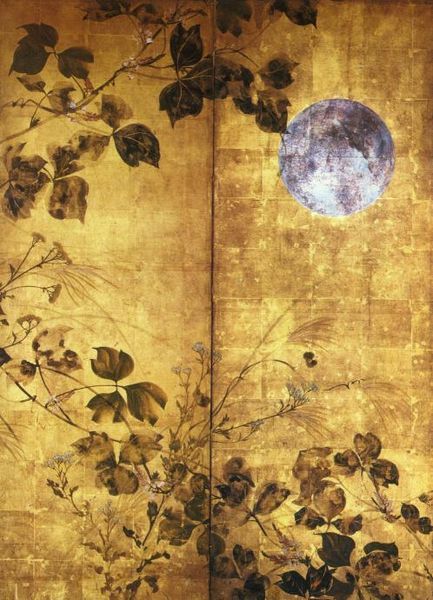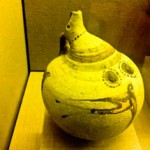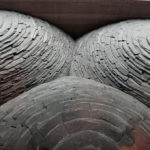Gold

I spend a few months each year traveling, living and retreating in Asia. This year I was located mainly in Thailand where I enjoyed seeing beautiful and harmonies modern artwork along my way, exhibited not only in galleries and museums, but in day-to-day surrounding such as in hotels, restaurants and in people’s homes.
Asian Modern Art
Much of the artwork that I noticed is of an inspiring essence and in some way has a pure quality. Whether it be depicting spiritual symbols such as the Buddha, lotuses, hand mudras, the Bodhi tree and other natural features, or even in plain abstract colors and shapes, there is a radiant sense of general wellness, prosperity, balance and peace.
The depth of Buddhism, the concept of enlightenment and the connecting to nature shine through these images, through the choice of colors, their compositions, combinations, as well as the general themes portrayed.
Gold as a pigment, texture and material
There is strong predominate use of bold colors such as black, red, and gold. Gold is perhaps the most predominant element – as a color, but not only, for it is also used as a texture and material.
Gold leafs have been used in artworks for centuries, not only in the east but in the west as well. The term used for artwork made with gold leaf is gilding and it can be seem applied not only in decorating paintings but also in sculpting, decorating porcelain and many other crafts such as furniture and artifact making. Of course, it goes without saying that we find gold used endlessly in jewelry, textile and accessories.
Gold leaf
History dates back the use of gold leaf all the way to the Egyptians, making use of gold in their decorative art, with the first artwork with decorative gold is dated around 4th millennium BC.
Gold was a dominant material and color in artwork in Asia’s past, and we can find its strong influence and dominant still today in popular modern art where the use of gold, even if not real gold, is still very much alive today and present.
In modern day Asia, in places such as Thailand, China, Japan and India the use of gold leaf in art work is not only reserved for religious purposes, it is also common in secular luxurious decorative creative work.
The use of the gold leaf in the process of creativity, naturally arises a sense of reverse in the artist toward their artwork, a deeper inner respect, one that is much grater then when using other material which as less rare and of less value.
Gold is not only expensive, it is a unique and is relatively rare materials. Gold is profoundly associated with royalty, divinity and with the highest and most noble qualities.
Image on the left: Paulownias and Chrysanthemums, Sakai Hoitsu. Japanese, 1761-1828.
Working with Gold in a creative process
It is always interesting to see the effect that materials and colors have on us as artist, particularly when we create in attempt to be more conscious and more connected to our pure nature. All colors and materials affect us, and so do the images we surround ourselves with, and those which we play with and explore then we create.
I remember when doing building and construction work with cow-dung, mixing it with my bare feet together with earth and raw molasses to create a strong and stunning finish to mud walls plastering. The way that sort of work will effect one is obviously and naturally very different in its essence to the way working with a luxurious and splendid materials such as gold.
 Inspiration shining from within the color and material
Inspiration shining from within the color and material
When working with gold, one as if instinctively and automatically longs to create something beautiful and inspiring; an artwork that will be worth of being made with the use of this godly color and material. Gold will not motivate an expression of negativity; it will not be the color or material we would reach out to when connecting to the dark side of the psyche. While there place for expression of negative feelings, emotions, traumatic memories and depressing thoughts and we can find great benefits using the creative process as some form of therapy, and as a form of emotional release, this in essence is not art. Art in its purity, in its core, longs to be used to create beauty, to uplift and invoke the divine.
Personally I have never come across any artwork that uses gold, even only the color gold in an expression of an artwork that is of a negative or dark quality. For gold is clearly meant to be used for something sparkling, something celestial, a creation of qualities such as holiness and sacredness. Gold has such purity that it simply would be to pull it down from its noble thrown to use it for anything less then majestic. Gold intuitively “speaks” to us clearly, and its character is so undoubtedly marvelous that it is intuitively respected by us humans.
The Uni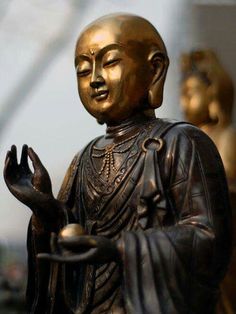 versal character of Gold
versal character of Gold
It seems that gold is perhaps the only colors that we human-being all agree about its character and the qualities embedded within it; being a worldwide symbol of royalty and nobility that goes beyond country and culture. Other colors vary dramatically between cultures, where colors surprisingly have different association and connotations. For instance, white in most western centuries is a color of purity and wholeness. Brides are dressed in white on their wedding day, to represent their innocence and virginity. In China and India, on the other hand, white is a color of grief and morning, it symbolizes stepping out of the colors of life. Red in many cultures is a color of joy, celebration and longevity, while in other places it represents danger, death and violence. The color black is associated at times with richness and exclusivity, yet other times it signifies gloominess, negativity, depression and despair. The list goes on and on.
Gold somehow is not in the color game, it has managed to stay superior and untouched by cultural interpretations. It is universally recognized as a synonym to something that is highly precious, worthy and desired, to wealth, splendor beauty and superior quality, and when we come to meet with it face to face, this radiates through.
It is a three dimensional color, an object and a metal, and it can give depth to an artwork like nothing else can.
Exploring creativity with gold is literally an expensive treat, one that automatically and spontaneously will encourage us to be mindful, careful, humble and frugal. We feel the calling of the materials and the color of gold to make use of it only if we wish to create something worth creating.
